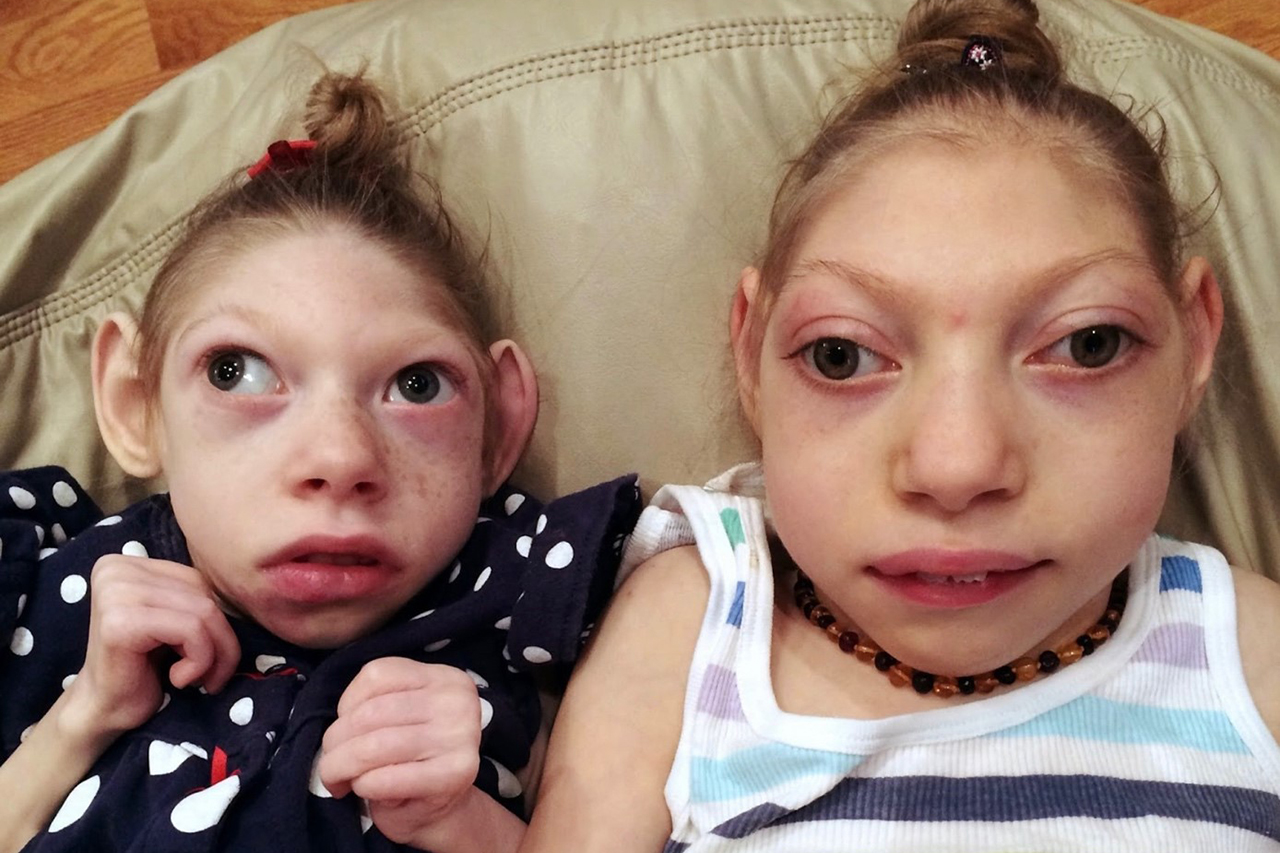Consanguineous marriages are a practice that has been continuing in Turkey for years and has become traditional and almost compulsory for various reasons. In scientific studies conducted in the GAP region by the Parasitology Association of Turkey and the Departments of Public Health of various universities, the rate of consanguineous marriages in Diyarbakır province was found to be 47.6%. In other words, almost half of all marriages in Diyarbakır are arranged between relatives.
As can be predicted, babies born as a result of consanguineous marriages are born with diseases, orthopedic and intellectual disabilities, or other medical abnormalities. These babies are often born with illnesses or disabilities, sometimes with dire consequences.
9 Out Of 100 Babies Born From Consanguineous Marriages Are Disabled Or Diseased
The parents and children of patients who participate in surveys on this issue are very sad:
“We regret having such a marriage. Our parents decided and married us without asking us. If I had the mind I have today, I would never have gotten married with a relative.”
“Mom and Dad, why didn’t you think about your future children when you made consanguineous marriages, what was my sin?“
As Salih Tatlıcı Foundation, we donated to LÖSEV‘s “Let the Daughters of Other Families Be My Brides” campaign, which aims to reduce consanguineous marriages all over Turkey by touching a raw nerve.
As Salih Tatlıcı Foundation, we will continue to support public and non-governmental organizations that develop projects to reduce consanguineous marriages all over Turkey and set an example for the whole world.
What is consanguineous marriage?
A consanguineous marriage is when the spouses (husband and wife) are related by blood, that is, they are descended from the same close ancestor.
In consanguineous marriages, there is no distinction between the mother’s side and the father’s side, both are considered consanguineous marriages.
Consanguineous marriages are also divided into two parts. First-degree consanguineous marriages and second-degree consanguineous marriages.
First-degree consanguineous marriages are marriages that occur when cousins marry each other.
Second-degree consanguineous marriages are marriages between grandchildren.
All the characteristics of babies are passed on through a carrier of inheritance called a gene, which comes from both the mother and the father. The inherited (hereditary) characteristics passed on to children through genes can be either PROMINENT (Dominant), for example, black hair color is dominant over blonde hair color. Or they can be recessive, e.g. the yellow hair color gene that is recessive in both the mother and the father can occur in the child.
Prevalence and Causes of Consanguineous Marriage
The main reason behind the popularity of consanguineous marriage is double-sided.
First, consanguineous marriage ensures that property or monetary assets remain within a family. It is meant to prevent the disintegration of people’s territorial and property integrity. Marriage between relatives is considered a right to avoid the fragmentation of property, land, or heritage.
Second, it provides a sense of “individual security” for parents who want to see their sons or daughters marry “trusted spouses” and not strangers.
But the dangers and harms of consanguineous marriage vastly outweigh its benefits: In contrast to the few potential social and cultural benefits, the genetics of consanguineous marriage pose an increased risk of birth defects and genetic disorders in children of consanguineous marriages, due to the creation of autosomal recessive diseases and syndromes that will be inherited by the offspring.
What Is Congenital Hereditary Disease?
These are diseases that are passed on to the child in the womb if the parents are carriers of the disease.
What Is A Disease Carrier?
This is a person who secretly carries the disease gene and passes it on to his/her child, even though he/she is not sick himself/herself. In the case of a marriage between two carriers, two ineffective genes come together and affect the baby in the womb and the child is born sick.
How Is A Disease Carrier Identified?
Carriers of many blood diseases can be detected with a very simple blood test.
LÖSEV – Children With Leukaemia Health And Education Foundation
LÖSEV – Children with Leukaemia Health and Education Foundation was established in 1998. In 2000, LÖSANTE, Turkey’s first and only Hospital for Children with Leukaemia, in 2008, the School for Children with Leukaemia, where children with leukaemia can receive a free college education, and in 2010, the Village for Children with Leukaemia, where families coming from outside Ankara for their treatment can stay for long or short periods during their treatment, were put into operation. During this period, LÖSEV raised awareness not only among children with leukaemia and cancer patients, but also among the whole of Turkey about leukaemia, cancer and prevention methods, and continued to create deep-rooted solutions and provide social and permanent services.
In 2015, LÖSANTE, Europe’s first and Turkey’s most well-equipped Children with Leukaemia City and a multidisciplinary hospital, was brought to our country with the motto “humanity should not die and people should not die”.

